A leaked image showcases what appears to be the new DJI Air 3S drone alongside the current DJI Air 3 model. This image, shared by Igor Bogdanov, known as Quadro_News on Twitter, suggests significant advancements in the upcoming DJI Air 3S. Potentially including LiDAR-enabled obstacle avoidance or autonomy.
Camera and Gimbal Design
The first noticeable difference is the camera and gimbal design. The DJI Air 3S features a larger and more complex dual-camera setup compared to the Air 3. This likely suggests that the Air 3S is equipped with larger image sensors, which could provide higher resolution and better performance in low-light conditions.
The upgraded camera system aligns with the trend in Drone Technology to mimic the multi-lens setups found in modern smartphones. Over the last few years, we’ve seen an increasing number of drones adopting dual and even triple-camera setups, much like the transition seen in smartphone technology.
New LiDAR Speculation
One of the most intriguing aspects of the DJI Air 3S is the sensor setup at the top-front of the drone. Positioned between two obstacle avoidance sensors, this third sensor is generating a lot of speculation.
The current consensus is that this could be a LiDAR (Light Detection and Ranging) sensor. LiDAR technology, which has become more compact and affordable, is already used in devices like the iPhone and iPad for enhanced camera focus.

LiDAR systems work by emitting laser beams and measuring the time it takes for them to return after hitting an object. This allows for precise distance measurement and detailed mapping of surroundings. If this sensor is indeed a LiDAR system, it could greatly enhance the Air 3S’s autonomous flying capabilities and obstacle avoidance.
LiDAR could allow the drone to navigate more accurately and focus better in low-light or no-light conditions. However, it’s important to note that the working range of smaller, less powerful LiDAR systems is limited.
For wide-angle landscape photography, where the distance between the drone and the subject can be quite large, the effectiveness of LiDAR for focusing purposes would be reduced. Typically, smaller LiDAR systems have a shorter range and may not be able to focus on distant objects. This limitation means that while LiDAR could significantly improve close-range obstacle avoidance and tracking, it might not be as useful for longer-distance photography applications.
Evolution of Drone Camera Systems
The evolution of drone camera systems is similar to the advancements seen in smartphones. The DJI Mavic 3 Pro, for example, now boasts a triple camera setup, offering unparalleled versatility and image quality. Similarly, the DJI Air 3 features a dual camera setup, and the Air 3S seems poised to push the envelope even further. This progression highlights the industry’s move towards providing more sophisticated imaging solutions, catering to both professional photographers and hobbyists.
Potential Benefits of LiDAR Technology
If DJI has integrated a LiDAR system in the Air 3S, it opens up several exciting possibilities. For one, the drone could achieve more precise and accurate obstacle detection, enhancing safety and usability. Autonomous flying modes could become more reliable, allowing for smoother and more intelligent flight paths. Additionally, improved tracking capabilities would enable drone pilots to capture dynamic and creative footage with greater ease.
LiDAR technology has seen significant advancements in recent years, becoming smaller, cheaper, and more efficient. In consumer electronics, it’s been used to enhance augmented reality experiences and improve autofocus in cameras. By incorporating LiDAR into drones, DJI could offer features that were previously only available in higher-end, professional-grade equipment.
DroneXL’s Take
This leak points to exciting potential upgrades for the DJI Air 3S, positioning it as a significant improvement over the current Air 3 model. The incorporation of a LiDAR system would be a game-changer, enhancing both obstacle avoidance and autonomous flight capabilities. While the limited range of smaller and less powerful LiDAR systems means they may not be as effective for long-distance applications, the benefits for close-range navigation and obstacle detection are substantial. As DJI continues to push the envelope with its drone technology, the DJI Air 3S could set new standards in the Drone Industry.
Discover more from DroneXL
Subscribe to get the latest posts sent to your email.
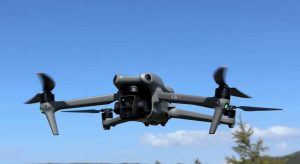
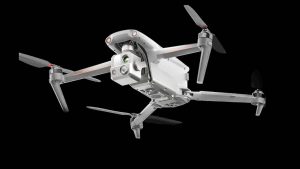


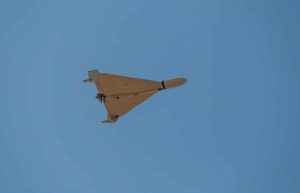
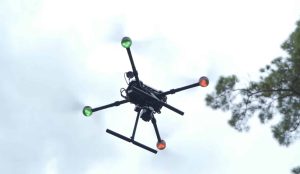
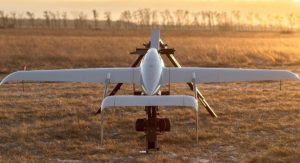


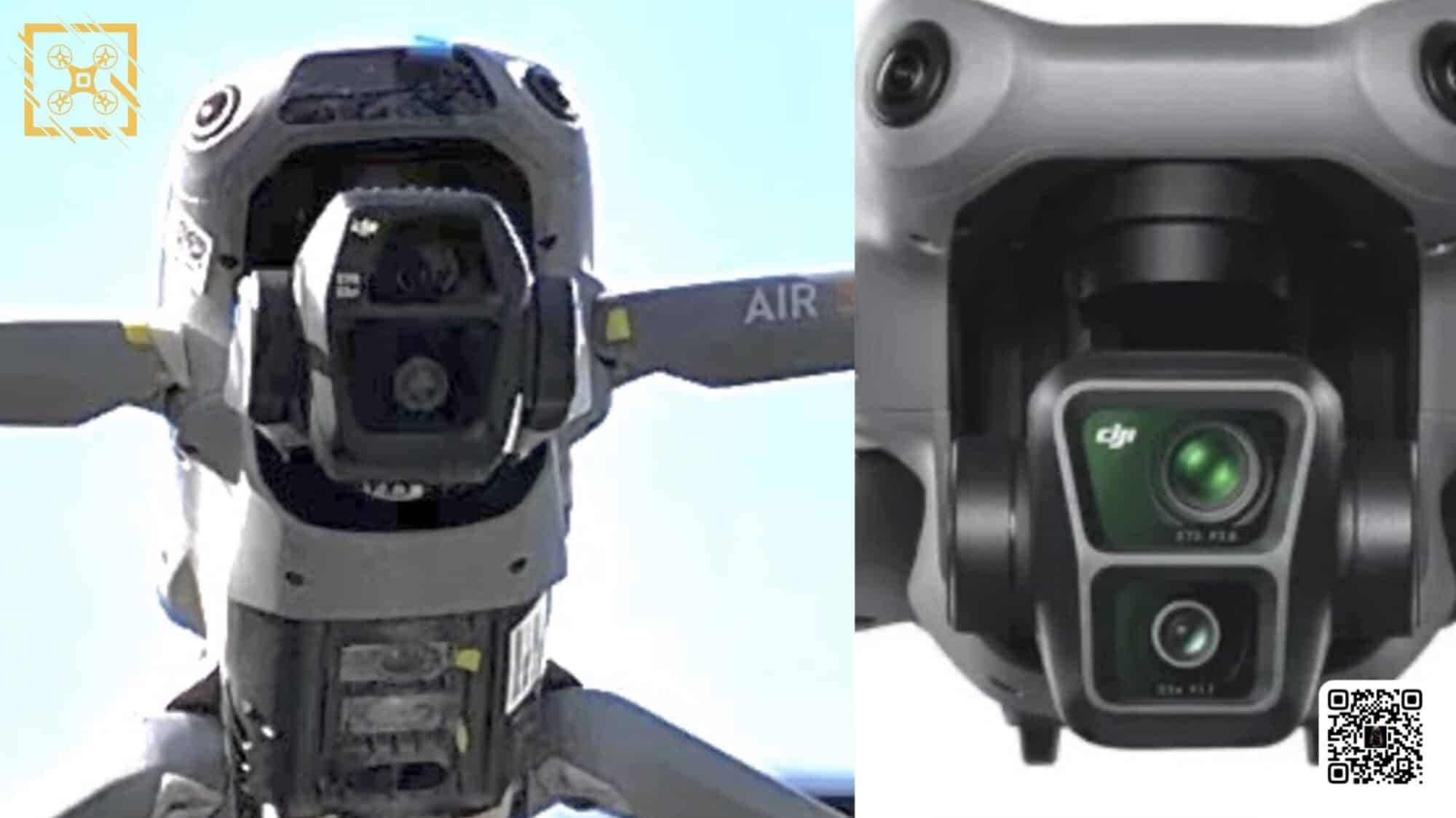
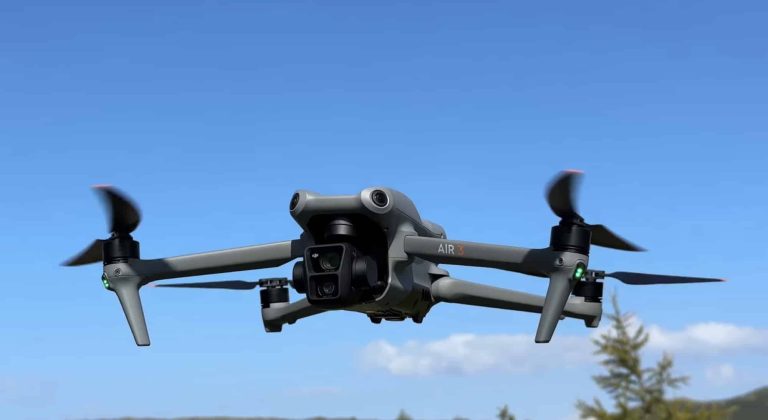
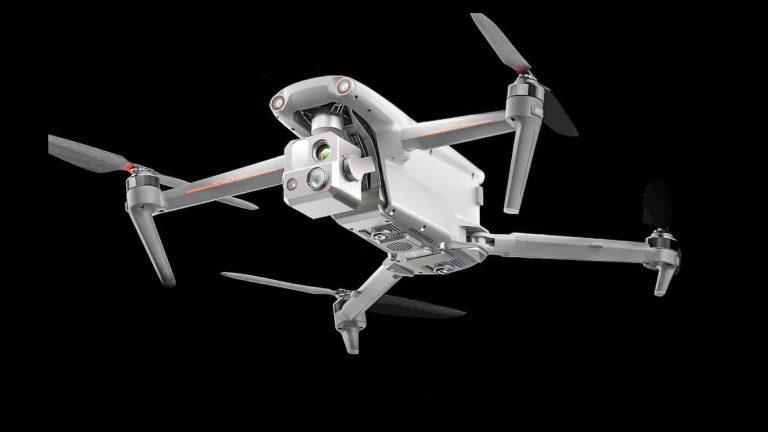
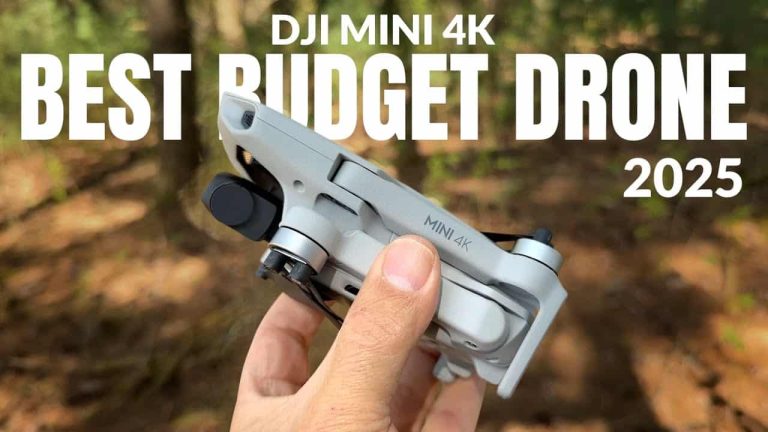

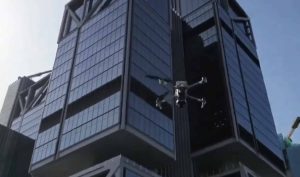

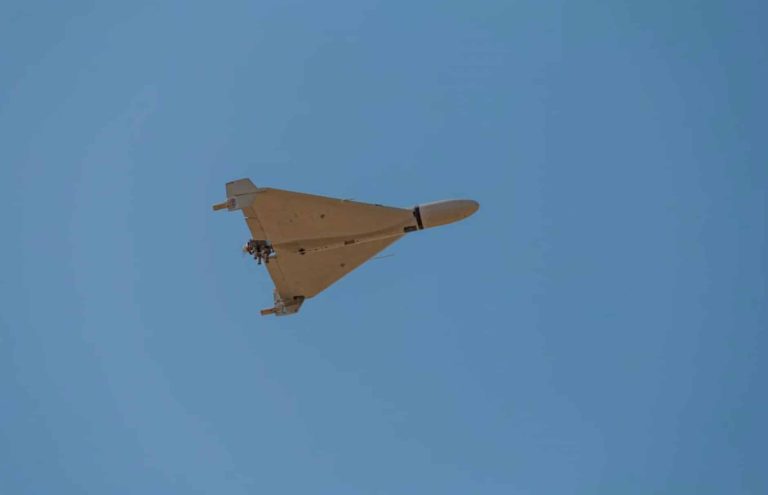
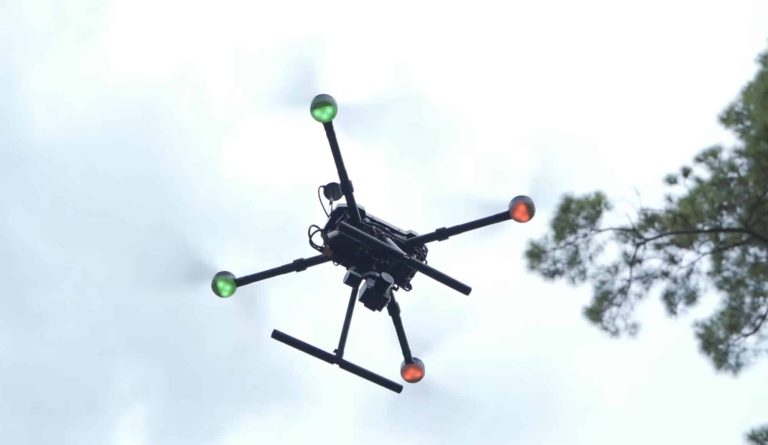
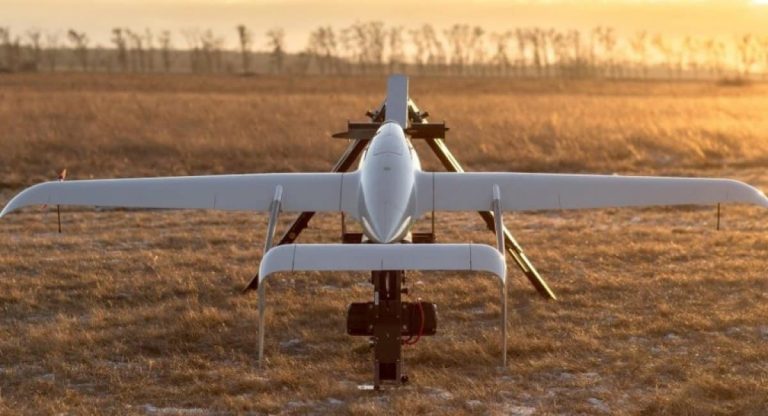

+ There are no comments
Add yours